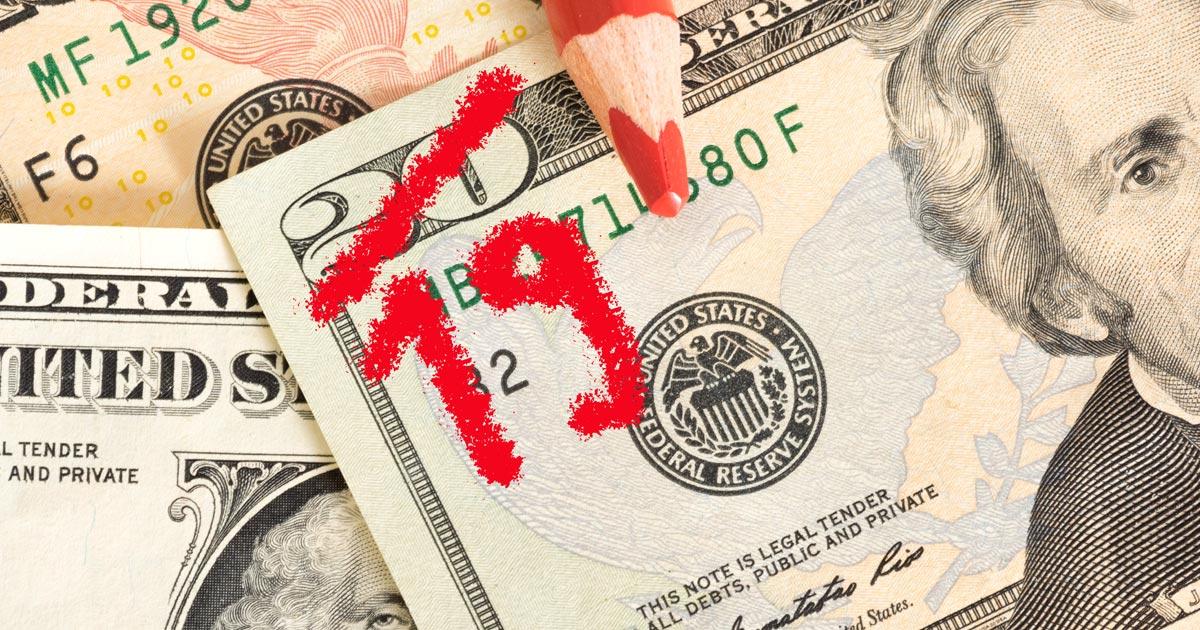
Inflation, the Price Level, and Economic Growth: Everything the Elites Tell You about It Is Wrong
Fundamentally, inflation is fraud. The central government or bank printing more money lessens the value of the money already in circulation. A truckload of sand isn’t particularly valuable in Saudi Arabia. An increased supply of money means ultimately that prices denominated in that money will go up. Unless you are the one to receive that new money at its point of entry, and thus keep pace with the inflation, the real value of your money holdings will go down.
So, in essence the government has taken wealth from you, and offered nothing in return, except the vague promise that the inflation will grow the economy, from which you will subsequently benefit. As we will show in this article, that is a false promise that has never once worked, and there is plentiful evidence against it ever working. Fortunately, there is another way.
If inflation is a fraud on the general populace in that its false promise of improved growth rings hollow time after time, it is more specifically a fraud on ordinary working people. When new money is created it enters the economy through the government, financial, and corporate sectors. The distributors and initial recipients of this new money obtain it before prices go up, in fact prices are then driven up by their spending of the new money. Those responsible for the inflation are thus ahead of it.
Ordinary people, however, are behind the inflation. The new money only works its way to them after prices have already increased. And if the inflation is continuous, then they are already behind the next wave of money printing and price increases.
Even if there is a limited burst of inflation which is then totally halted, the elite still benefit at ordinary people’s expense. The new money is printed, the first holders spend it when prices are still low, this spending drives up prices, the money then works its way through the economy in a more general distribution, and ordinary people are right back where they started: with higher nominal wages but having to pay higher nominal prices too. Meanwhile the elite gained increased real purchasing power at the beginning, without doing anything to earn it, instead just having the right connections to obtain the newly printed cash.
Thus, inflation can only ever benefit the elite at the expense of ordinary people. Which is hardly surprising given the revolving door between the federal reserve and the financial sector. The same people who control the power of inflation are the ones who can directly benefit from it.
However, inflation is completely unnecessary for a growing and prosperous economy. Under a strict gold standard, inflation, defined by Mises as the printing of money by a government entity, does not take place. Thus the only way price inflation, or more aptly, price increases, can take place are due to natural economic or environmental factors and government folly other than inflation.
Though there may be price increases in specific areas, under a strict gold standard the guaranteed general trend is for price decreases. How so? If the government isn’t printing money, then prices are dictated fully by the market. In a free-market competition and innovation drive prices down. To stay in business, firms must make a profit; to make a profit, they have to attract customers; to attract customers, they have to offer higher quality products at a lower price than their competitors.
This process has taken place consistently throughout economic history. Take, for example, the pocket calculator. Free inquiry and the ability to make a profit led to the innovation of the first commercially available calculators. Initially they are very expensive as a cutting-edge product. However, over time the price came down as near universal demand for the product combined with the effective resource marshaling of a free and competitive market made pocket calculators widely available at a low price.
And yet despite a lowering of prices, economic growth has occurred, as more people have a new and useful product in their hands. Furthermore, at the same time the price came down, competition led to the product becoming sleeker and more powerful.
Inflation is pursued as a fundamental misconception of the nature of wealth and economic growth. Money is not wealth, printing more money does not lead to a growth in the real economy. Were all those trillionaires in Zimbabwe in the mid-2000s wealthy, even though in real terms they could purchase fewer goods than in previous eras? Why was their economy declining if they were printing so much money?
Rather, wealth and growth are defined by the standard of living. While this has a subjective component, common sense can inform us of some objective ways to gauge an individual’s material well-being.
Inflation is not necessary for real wealth and real growth. These things are obtained by producing more goods and services available at the lowest cost. A declining general price level takes place as a consequence of true economic growth and wealth generation.
It is logically impossible that under a strict gold standard with no inflation, combined with a free market in goods and services, there could be any situation other than economic growth at the same time as a declining price level. But this is also backed up by the empirical record.
In the late nineteenth century both the UK and America had strict gold standards and declining price levels. This was also the period of greatest relative advancement in economic history, when both countries asserted themselves as truly industrialized economies, and the most powerful nations in the world.
See here, for example. Or, for a lengthier (yet still pleasantly concise) discussion of this subject, see George A. Selgin, “Less than Zero: The Case for a Falling Price Level in a Growing Economy”




